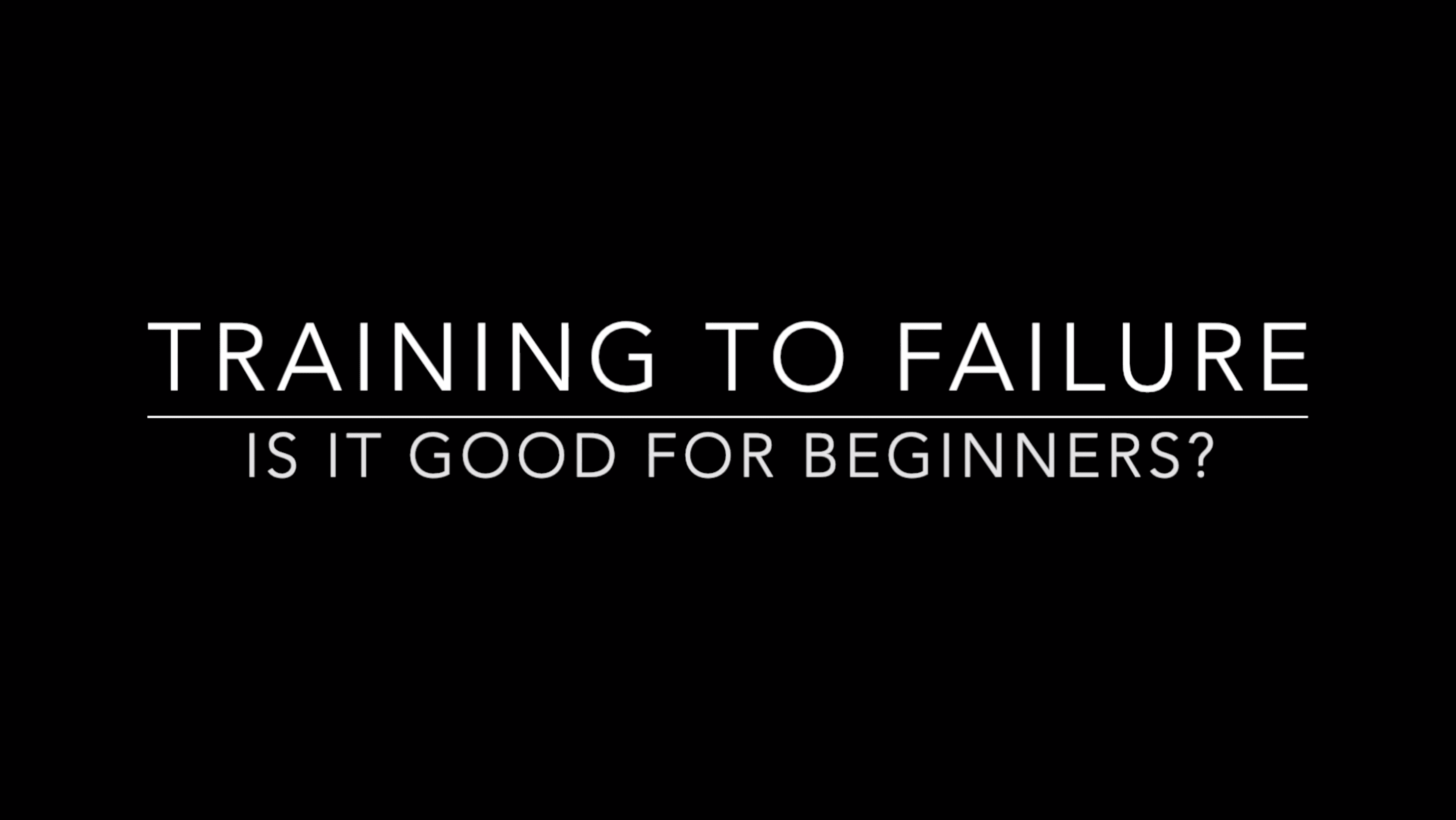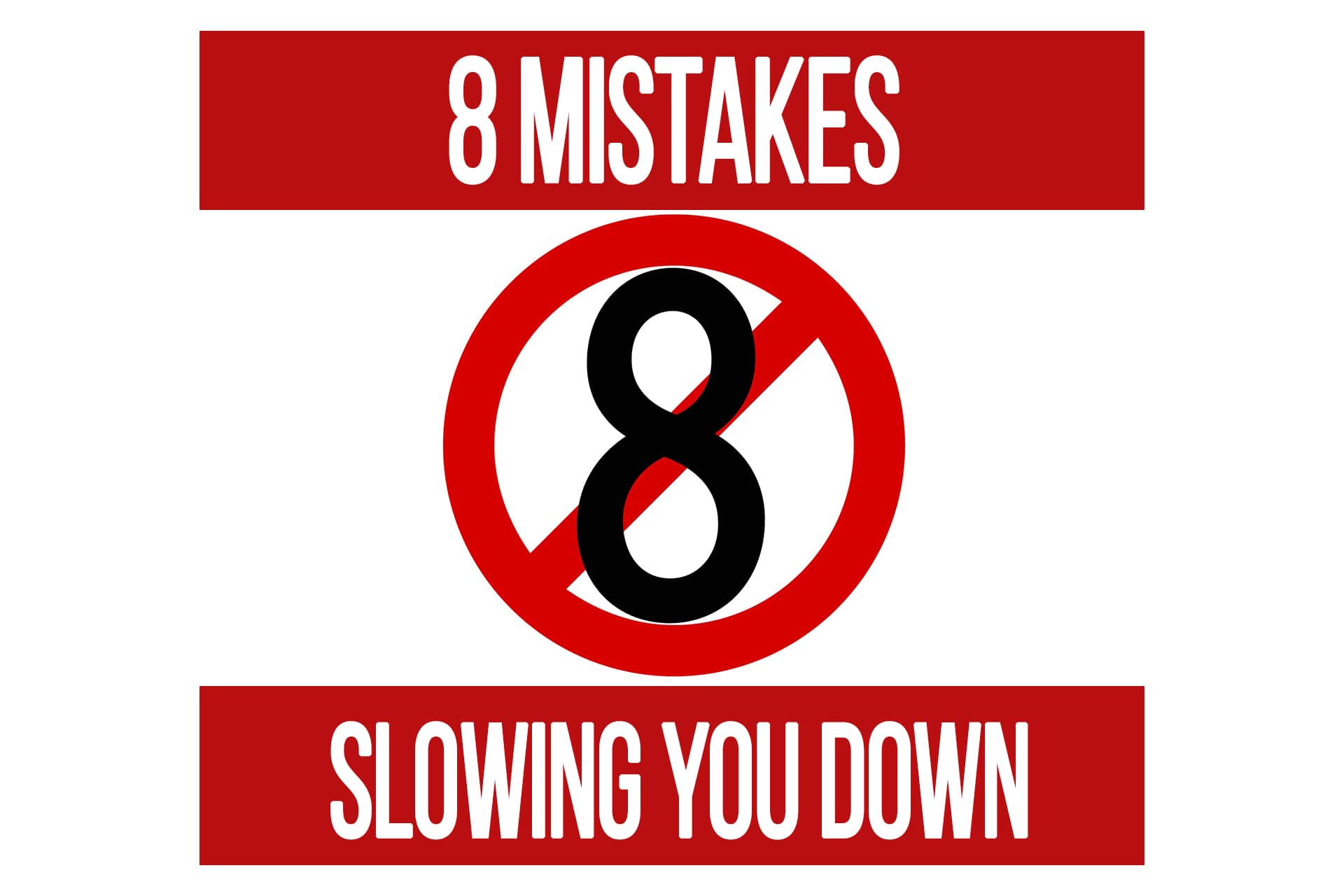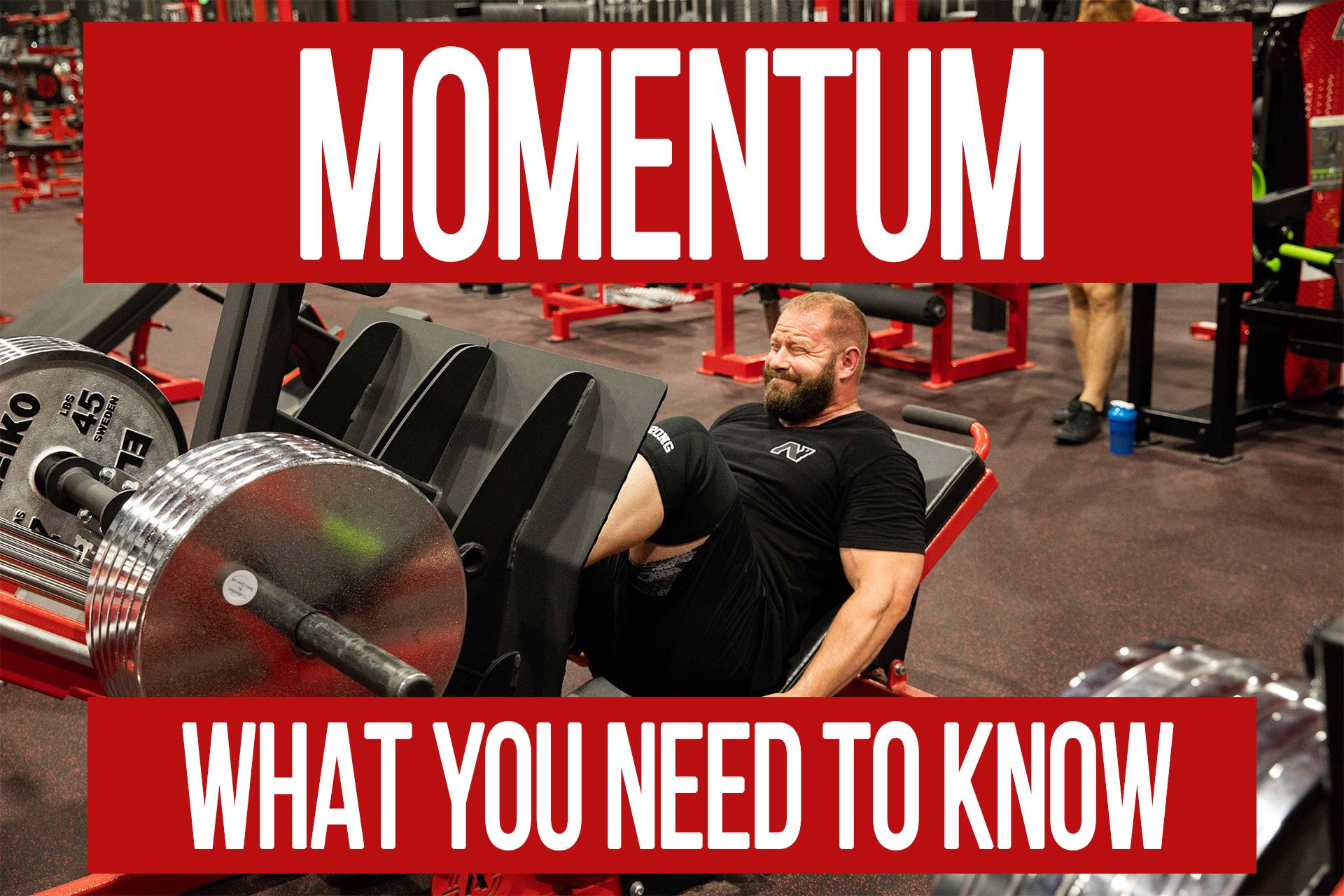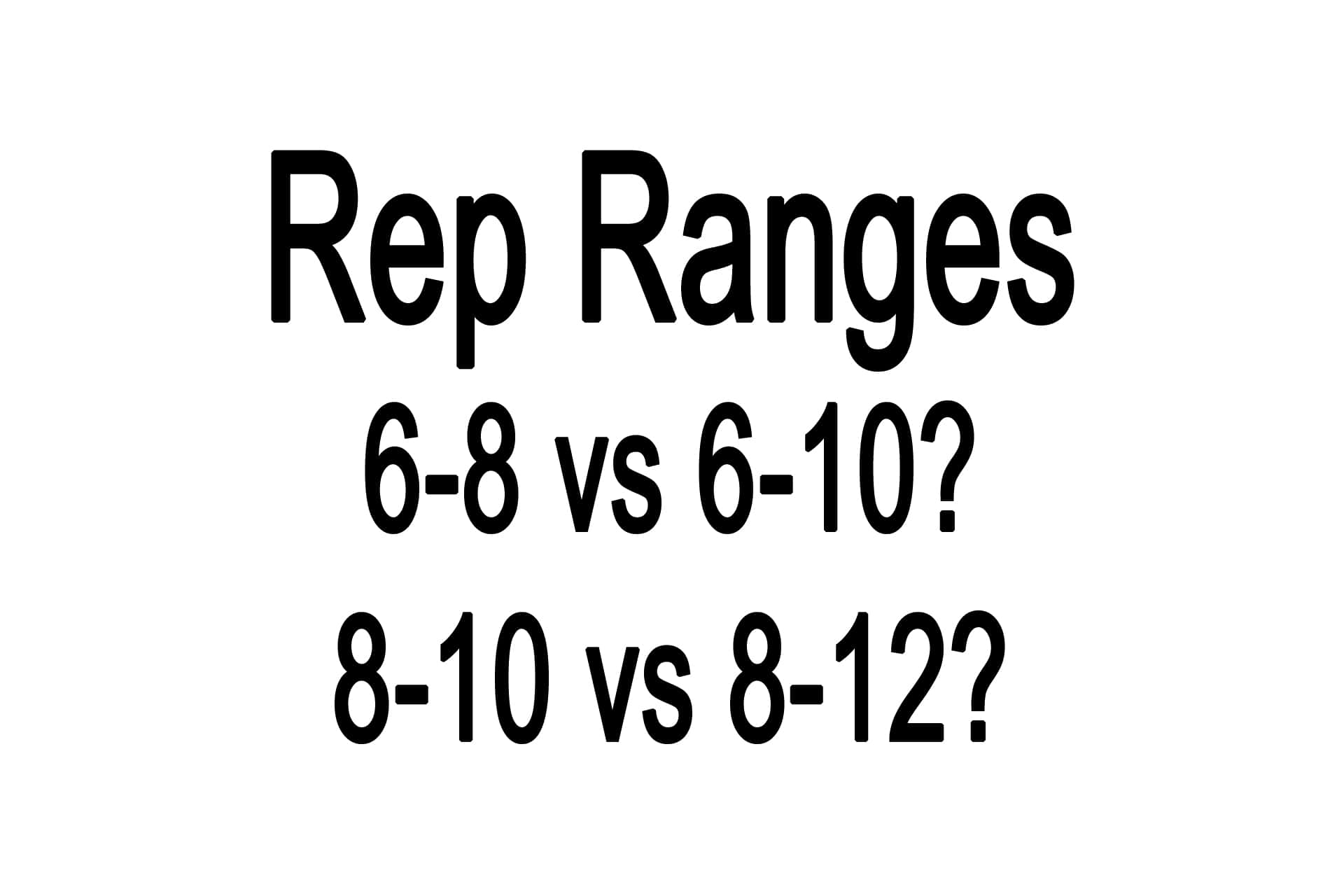4 Rules for Increasing Training Intensity
n1 training
When you are trying to improve your ability to grow muscle, increasing training intensity is important but improving your execution is absolutely fundamental. The foundation for all other physique based training comes from execution. You have to have the skill to contract the muscle you want and keep tension in the muscle under load and fatigue. If you have never taken the time to slow down and focus on feeling the working muscle, you may be very poor at isolating it.
The body naturally adapts to learning movements unconsciously. Just like throwing a ball, after you have done this a few times, you do it without thinking. Isolating and overloading a single muscle is not a naturally learned motor pattern. In terms of your biology, you body would much rather disperse load among different muscles and levers to make the movement as easy, and little energy demanding as possible. When you are trying to grow muscle, this is the opposite of what you want. You want to force the targeted muscle to do as much of the work as possible and expend as much effort and energy as possible.
You don’t naturally develop the ability to isolate muscle well. You have to train this skill meticulously. This requires you to slow down, use a slow controlled tempo, lighter weights, and work at the pace in which your mind muscle connection can improve. Holding in the short position and squeezing the muscle as hard as possible is (called an isometric) great for developing that connection to the muscle. But once that skill is developed you have to put on your boots and go back to work. You have to earn the right to increase training intensity.
But how do you know when you are ready to graduate from learning how to contract a muscle to progress the training intensity of those contractions. This may differ from body part to body part and exercise to exercise.
Rule 1: You should be able to feel the muscle in all portions of the range during an exercise. So if you are doing a dumbbell press, you should be able to feel the pecs in the bottom, middle and top of the press, and squeeze it in all positions. If you have a dead spot in the range, you will lose tension there. You need tension throughout the entire range of motion to fully train a muscle. Make sure you can feel the muscle at every portion of the range. Training intensity doesn’t count if the muscles you’re trying to train are no longer doing the work.
Rule 2: You should be able to control all aspects of the contraction with the working muscle. Training intensity doesn’t equate to slinging weights around. You should be able to initiate the movement with the target muscle, keep tension throughout the concentric and eccentric portions of the range. If you can perform part of the contraction with the working muscle, again you are going to being leaving gains on the table, your body will continue to learn motor patterns that are dispersing the load rather than overloading the target muscle.
You have to be able to make the target muscle contract from a dead stop to initiate the movement or there is no chance that muscle will dominate the movement. Most people learn the concentric portion easily and can keep tension on the muscle they are contracting during this phase. However, many people bail on the eccentric. When you think about the typical tempo, you are spending the majority of your time in the eccentric phase. 3-4x as much. So if you take the average bro at the gym that lets the weight just drop or lets other muscles resist the eccentric, they are only doing ¼ of the workout with the target muscle. Not to mention the eccentric portion has consistently be shown in many studies to be the most important for hypertrophy.
Rule 3: You have to be able to make the target muscle work under fatigue. It’s easy to focus on the target muscle when you’re fresh and the weight is light. When a muscle fatigues in the typical hypertrophy rep range, it fatigues because of the build up metabolites more than lack of fuel. Consequently this buildup of metabolites interferes with your control of the muscles. This is why muscles start to spasm and shake as you push that lactic acid threshold. So when you get to the last few reps, or the deeper sets in a workout, your body is going to want to find help from the surrounding musculature, momentum, anything to take the load off the fatigued muscle.
This is the biggest mistake people make when they desire to move up in weights. It’s much easier to go up in weight by slow cheating little by little from set to set, workout to workout, and before you know it, you’re using a weight that is 20% more than you can train the target muscle with, and you’re not progressing. You have to deserve heavier weights, and a huge predictor of that is, do you continue to keep the target muscle working when it’s hard, when it’s tired.
Rule 4: You can completely exhaust a target muscle without loss of form. This is like a double check of Rule 3. Before progressing in weight, you should know what true failure feels like for each specific muscle, and be able to go there with no loss of form & execution. When you fail a muscle, the movement, and technique should not change at all, you should simply lose range. Taking yourself to this point of failure in a target muscle should serve as the final right of passage that you have the skill and discipline to start focusing on more training intensity.
I want to be clear. My goal is not to keep people training with light weights and slow tempos. The goal is to train heavy and hard with the muscle you are trying to work and only that muscle. If you don’t take the time to develop your ability to contract, your ability to isolate, and discipline to keep working when it’s hard, as soon as you pick up a heavy weight, your execution will regress. Every bad rep you do, is practicing bad execution and teaching your body to take the work of your target muscle. You have to overcome that primal instinct to get better at moving weights and instead get better at contracting muscles. The only reason muscles grow is that you contract them. I want everyone to be able to use heavy weights, even heavier than when they had crappy execution. You have to earn the right to train with intensity though. If you can lift hard and heavy with great execution and discipline, you will have complete control in developing your physique.
When you are trying to improve your ability to grow muscle, improving your execution is absolutely fundamental. The foundation for all other physique based training comes from execution. You have to have the skill to contract the muscle you want and keep tension in the muscle under load and fatigue. If you have never taken the time to slow down and focus on feeling the working muscle, you may be very poor at isolating it.
The body naturally adapts to learning movements unconsciously. Just like throwing a ball, after you have done this a few times, you do it without thinking. Isolating and overloading a single muscle is not a naturally learned motor pattern. In terms of your biology, you body would much rather disperse load among different muscles and levers to make the movement as easy, and little energy demanding as possible. When you are trying to grow muscle, this is the opposite of what you want. You want to force the targeted muscle to do as much of the work as possible and expend as much effort and energy as possible.
You don’t naturally develop the ability to isolate muscle well. You have to train this skill meticulously. This requires you to slow down, use a slow controlled tempo, lighter weights, and work at the pace in which your mind muscle connection can improve. Holding in the short position and squeezing the muscle as hard as possible is (called an isometric) great for developing that connection to the muscle. But once that skill is developed you have to put on your boots and go back to work.
But how do you know when you are ready to graduate from learning how to contract a muscle to progressing the intensity of those contractions. This may differ from body part to body part and exercise to exercise.
Rule 1
You should be able to feel the muscle in all portions of the range during an exercise. So if you are doing a dumbbell press, you should be able to feel the pecs in the bottom, middle and top of the press, and squeeze it in all positions. If you have a dead spot in the range, you will lose tension there. You need tension throughout the entire range of motion to fully train a muscle. Any time you lose tension at a portion of the range, other muscle will start taking over, especially as you fatigue. This means the harder you train, the less you will grow the muscles you’re targeting. Make sure you can feel the muscle at every portion of the range.
Rule 2
You should be able to control all aspects of the contraction with the working muscle. You should be able to initiate the movement with the target muscle, keep tension throughout the concentric and eccentric portions of the range. If you can perform part of the contraction with the working muscle, again you are going to being leaving gains on the table, your body will continue to learn motor patterns that are dispersing the load rather than overloading the target muscle.
You have to be able to make the target muscle contract from a dead stop to initiate the movement or there is no chance that muscle will dominate the movement. Most people learn the concentric portion easily and can keep tension on the muscle they are contracting during this phase. However, many people bail on the eccentric. When you think about the typical tempo, you are spending the majority of your time in the eccentric phase. 3-4x as much. So if you take the average bro at the gym that lets the weight just drop or lets other muscles resist the eccentric, they are only doing ¼ of the workout with the target muscle. Not to mention the eccentric portion has consistently be shown in many studies to be the most important for hypertrophy.
Rule 3
You have to be able to make the target muscle work under fatigue. It’s easy to focus on the target muscle when you’re fresh and the weight is light. When a muscle fatigues in the typical hypertrophy rep range, it fatigues because of the build up metabolites more than lack of fuel. Consequently this buildup of metabolites interferes with your control of the muscles.
This is why muscles start to spasm and shake as you push that lactic acid threshold. So when you get to the last few reps, or the deeper sets in a workout, your body is going to want to find help from the surrounding musculature, momentum, anything to take the load off the fatigued muscle. This is where not only do you have to be skilled at contracting the muscle, but you have to have the discipline and mental toughness to force that muscle to keep working and resist the urge to find help elsewhere.
This is the biggest mistake people make when they desire to move up in weights. It’s much easier to go up in weight by slow cheating little by little from set to set, workout to workout, and before you know it, you’re using a weight that is 20% more than you can train the target muscle with, and you’re not progressing. You have to deserve heavier weights, and a huge predictor of that is, do you continue to keep the target muscle working when it’s hard, when it’s tired.
Rule 4
You can completely exhaust a target muscle without loss of form. This is like a double check of Rule 3. Before progressing in weight, you should know what true failure feels like for each specific muscle, and be able to go there with no loss of form & execution. When you fail a muscle, the movement, and technique should not change at all, you should simply lose range.
Take a dumbbell preacher curl for example. As you fail, you should get to the point where you can’t get the dumbbell all the way up, yet you can do another partial rep. Maybe this time it’s half way up, but you can still do another partial rep, maybe ¼ of the way and so on until you can only move a couple inches at the most, but it’s still 100% bicep doing that inch. Taking yourself to this point of failure in a target muscle should serve as the final right of passage that you have the skill and discipline to start focusing on more intensity.
Earn Your Weights
I want to be clear. My goal is not to keep people training with light weights and slow tempos. The goal is to train heavy and hard with the muscle you are trying to work and only that muscle.
If you don’t take the time to develop your ability to contract, your ability to isolate, and discipline to keep working when it’s hard. As soon as you pick up a heavy weight, your execution will regress. Every bad rep you do, is practicing bad execution and teaching your body to take the work of your target muscle. You have to overcome that primal instinct to get better at moving weights and instead get better at contracting muscles.
The only reason muscles grow is that you contract them. I want everyone to be able to use heavy weights, even heavier than when they had crappy execution. If you can lift hard and heavy with great execution and discipline, you will have complete control in developing your physique.

Popular Pages
Learn & Train With Us

Please log in to access the menu.



